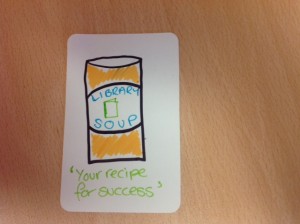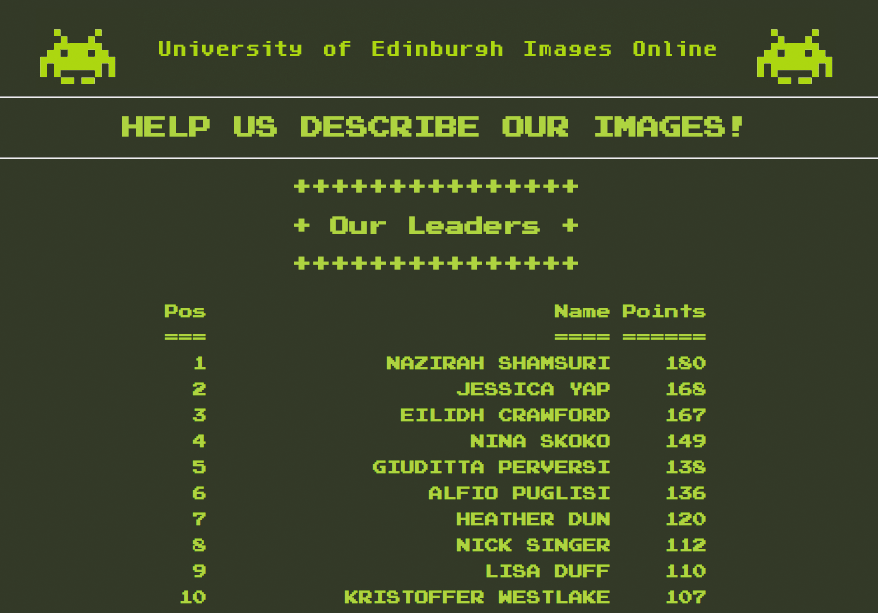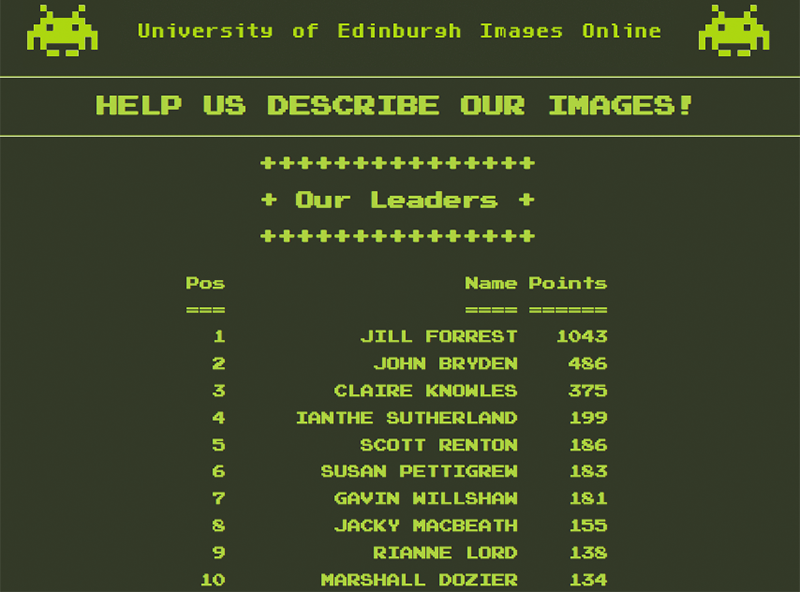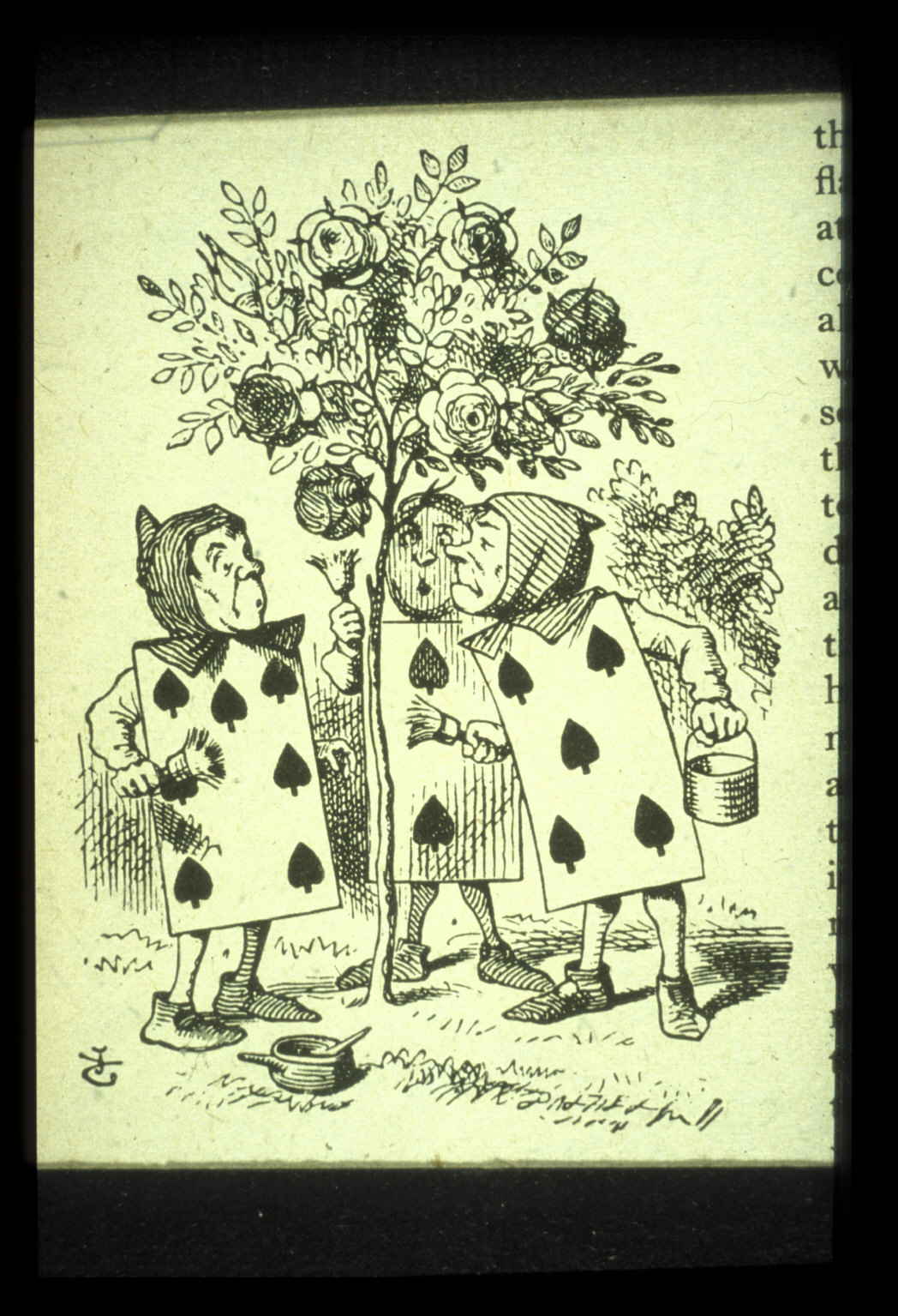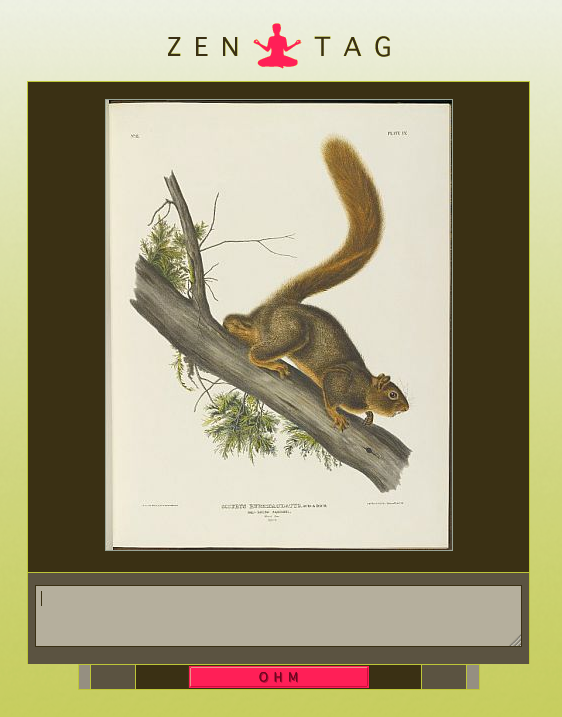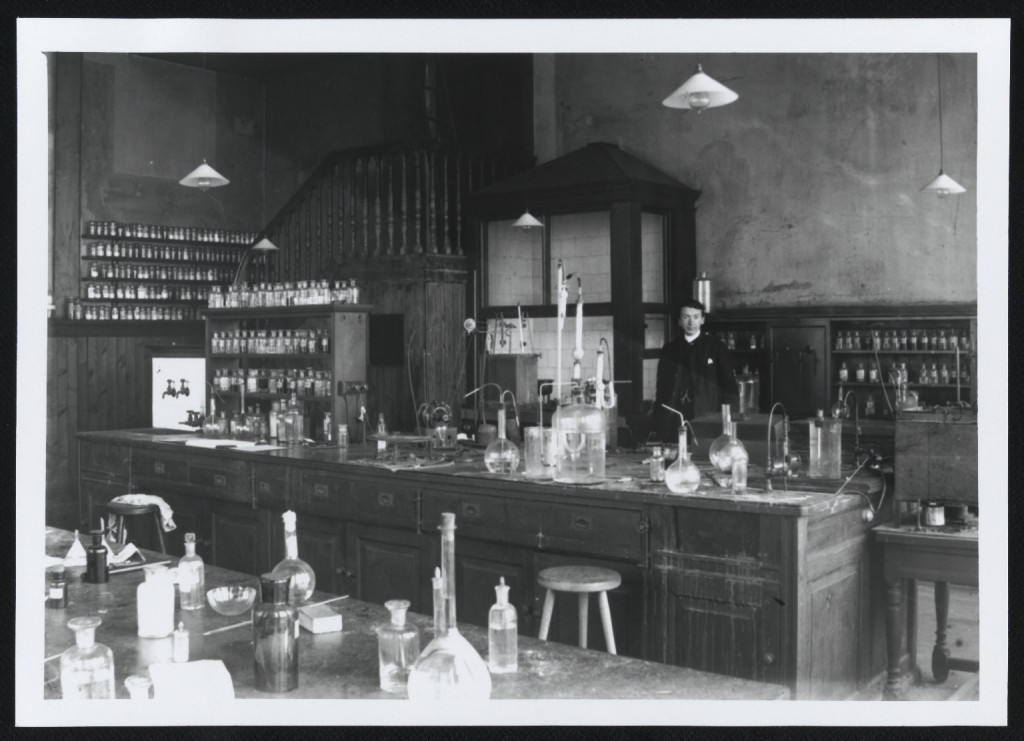
 Images courtesy of Stewart Cromar (@stubot)
Images courtesy of Stewart Cromar (@stubot)
On Friday we trialled the use of Bluetooth beacons in our exhibition space, using Google Glass and the Guidigo app to provide an immersive tour of the Something Blue exhibition. Beacons work by emitting a small Bluetooth signal which activates content installed on visitors’ mobile devices. Four of these were placed at locations throughout the exhibition and, when users came within range, music, videos and voice recordings relating to specific exhibits were activated on the Glass headsets.
Users standing near the Blob 05 (Blue) exhibit, for example, were able to access an interview with Art Curator Neil Lebeter talking about the painting, while those in close proximity to the Vienna Horn could watch a video of Curator Sarah Deters playing the instrument.
There was a strong novelty factor as many people had not tried out Google Glass before, but on the whole it was felt that using the technology with the beacons in this way was an effective way of delivering content. The exhibition room is a relatively narrow space and because of space restrictions, some of the beacons were situated very close together. As a result, the signals from different beacons often interfered with each other, meaning content delivery was sometimes quite erratic. On more than one occasion someone standing next to one beacon received content from another one located several metres away on the other side of the room. As well as this, when too many people were standing close to a beacon the signal could be blocked or dulled.
In order to combat this for future sessions, it would be more effective to spread the beacons evenly throughout the space and have specific signs on the floor or walls saying something like “stand here to hear an interview with the curator”. Aside from these issues, the Google Glass worked really well: the Guidigo app overcame many of the well-known problems associated with the technology (poor battery life, overheating, and headaches) by putting Glass into sleep mode whenever the user was outside the beacons’ range. On the whole, it was an interesting experiment to take part in and we hope to have a more public trial of the technology at our next exhibition, so please do get in touch if you would like to be involved!
We are also exploring further ways of using beacons with other mobile devices to provide self-guided library tours: watch this space for further updates.
Gavin Willshaw | Digital Curator


